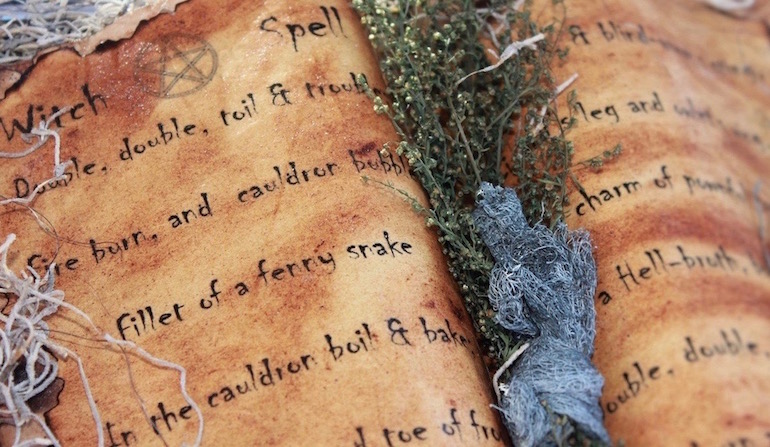 Culture & Ethics
Culture & Ethics
 Evolution
Evolution
 Faith & Science
Faith & Science
New York Times Links Darwin, Dawkins, and Witchcraft Chic


Times reporter Michelle Goldberg notes the “well-documented resurgence of occultism among millennials.” In investigating this, she visited a “fashionable occult boutique” in Brooklyn, attending a presentation on witchcraft by an individual called Dakota Bracciale:
Bracciale, who uses the gender-neutral pronouns they and them, grew up in an evangelical household — somewhere “between ‘Jesus Camp’ and snake handlers” — and said that the new atheism of Richard Dawkins and Christopher Hitchens had a profound effect on their generation. But atheism wasn’t enough, said Bracciale: “It left this huge vacuum, and that vacuum had to be filled with something.”
This is a familiar pattern. Theosophy, the mother of all new age movements, was founded in the 19th century as the discoveries of Charles Darwin undermined faith in Christian creation stories, which led some to abandon religion altogether but others to embrace new forms of mysticism. [Emphasis added.]
Miss Goldberg doesn’t refer to Bracciale by a gendered pronoun, only by surname, but given that he is described as having a “beard and long, lavender nails,” I’m going to go out on a limb and say “he.”
He, Mr. Bracciale, says insightfully, “If you’re not ready to admit that the universe is chaos, I’m not sure how far you’re going to go.” Meaning, I think, you’re not going to get very far as a witch. And I imagine he’s right about that.
These are the kinds of points Darwin critics make. The notion of a universe where, in Michelle Goldberg’s phrase, “no one is in charge” is a portal not only to science-flavored atheism but to darker stuff, like witchcraft and the occult. It’s a “familiar pattern,” she says, going back to Darwin’s time. Because “atheism isn’t enough.” Quoting Dakota Bracciale, it leaves a “huge vacuum, and that vacuum [has] to be filled with something.”
More:
Some of this vogue is about witch-as-metaphor, an icon that captures the boiling rage and determined independence of legions of nasty women. But some of it is a real, if eclectic, spiritual practice, adopted by people skeptical of organized religion but unfulfilled by atheism. It’s these sincere attempts to use magic that interest me, because occultism often gains currency during times of social crisis.
Besides scientific atheism, Goldberg blames Trump for witchcraft chic. You can read the rest of her ruminations here.
Darwin, Dawkins, witchcraft. The politics aside, it’s pretty remarkable to see these ideas connected so explicitly, and in the New York Times of all places. You can find some of our own relevant analysis of recent survey data in a report, “Darwin’s Corrosive Idea,” by John West.
Photo credit: AmberAvalona, via Pixabay.
